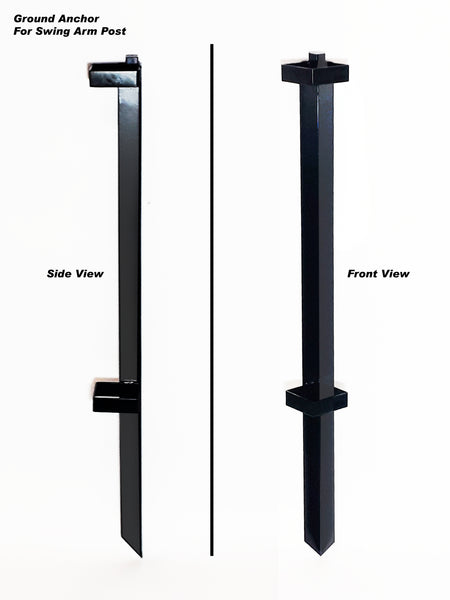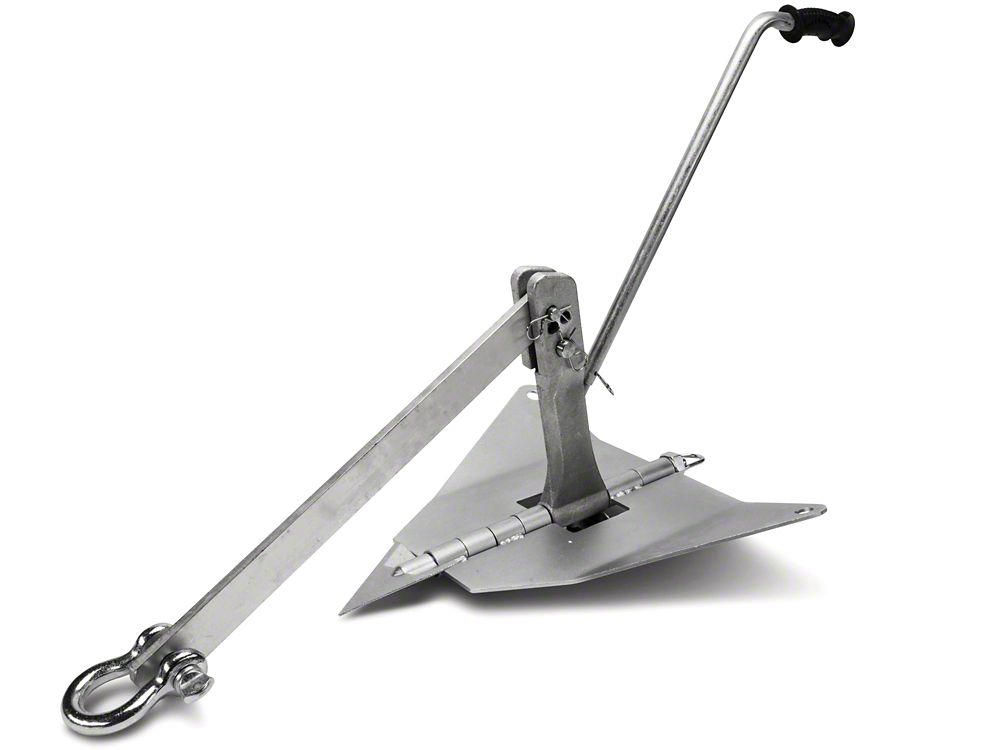Exploring the Main Categories of Ground Anchor Systems for Different Applications
Exploring the Main Categories of Ground Anchor Systems for Different Applications
Blog Article
Explore the Different Sorts Of Ground Support for Your Following Project
From auger anchors, which succeed in diverse dirt problems, to stake supports designed for short-lived setups, the choices are numerous. Furthermore, concrete and screw anchors existing one-of-a-kind advantages in details circumstances, while deadman anchors are tailored for applications requiring resistance to lateral forces.

Auger Anchors
Auger supports are a preferred choice in numerous building and landscaping jobs as a result of their distinct style and reliable anchoring abilities. These supports include a helical screw-like shaft that is driven into the ground, permitting for a secure and protected hold. The spiral style promotes easy installation and maximizes resistance against side forces, making auger anchors particularly efficient in applications such as secure fencing, short-term frameworks, and erosion control.
The installation process of auger supports is reasonably uncomplicated. They can be manually or mechanically mounted, depending on the dimension and needed deepness. This versatility enables for their use in varied dirt problems, from sandy to clayey surfaces. Auger anchors can be easily removed and recycled, which includes to their cost-effectiveness and sustainability.
Among the substantial benefits of auger supports is their capacity to disperse tons equally across the surrounding dirt, decreasing the danger of soil disturbance and decreasing environmental impact. Additionally, they are less prone to heaving or loosening over time compared to traditional anchoring methods. Consequently, auger supports are a superb option for jobs needing resilient and reliable anchoring remedies.

Risk Anchors
When it pertains to securing structures in a range of exterior applications, risk anchors offer a trustworthy and straightforward service. These supports are usually constructed from resilient materials such as steel or aluminum, designed to withstand environmental stress and anxieties while giving optimal stability. Their straightforward design permits for fast installment, making them a suitable selection for long-term or short-term anchoring requirements.
Stake anchors are specifically useful in protecting outdoors tents, covers, and other lightweight frameworks versus wind and climate. They operate by being driven right into the ground at an angle, producing a solid hold that resists pull-out forces - Ground Anchor. The effectiveness of risk supports relies on a number of elements, including dirt kind, moisture web content, and the angle of installment
For added safety, numerous stake anchors include attachment points for straps or ropes, enabling stress modifications as required. In applications such as landscaping or construction, they can successfully support tools or structures on irregular surface. Generally, stake supports provide a affordable and flexible remedy for safeguarding various exterior setups, making them a favored option for service providers and DIY fanatics alike.
Concrete Anchors
Concrete supports offer a robust remedy for protecting structures to concrete surface areas, guaranteeing stability and security in various applications. These supports are vital for tasks ranging from household constructions to large-scale industrial setups. They come in various types, including expansion anchors, sticky anchors, and undercut anchors, each designed for particular lots requirements and environmental conditions.
When set up,Growth anchors rely on mechanical systems to grasp the concrete. They are excellent for tool to durable applications. Adhesive supports use high-strength epoxy or material to bond the anchor to the concrete, providing remarkable load-bearing abilities, specifically in fractured concrete situations. Undercut anchors create an one-of-a-kind form within the concrete, supplying extraordinary holding power, particularly in applications where tensile loads are common.
When executed correctly, concrete anchors significantly improve the architectural integrity of numerous tasks, making them indispensable in modern building and construction practices. Comprehending the certain demands of your project will assist in selecting the right kind of concrete anchor for the job.
Screw Anchors

Screw supports are a flexible fastening option that can be properly utilized in a range of applications where traditional concrete anchors may not be adequate. These supports consist of a helical layout that allows them to be conveniently driven right into the ground, making them excellent for use in dirt and other substrates. Their special structure click for source offers excellent holding power and resistance to pull-out pressures, making them ideal for countless jobs, from landscape design to structural assistance.
One of the primary benefits of screw anchors is their simplicity of installment. They need marginal tools and can frequently be set up without the need for excavation, which conserves both time and labor expenses. Furthermore, screw anchors can be removed and reused, providing a sustainable solution for short-lived applications.
Screw supports are particularly advantageous in areas where dirt conditions are testing, such as sandy or loose soils. Their capability to be mounted at differing midsts permits customization based on details task requirements. Generally, screw anchors give a effective and trustworthy anchoring technique, making them an excellent choice for engineers and contractors looking for reliable options for their tasks.
Deadman Anchors
Deadman supports serve as a robust solution for maintaining structures in challenging conditions, especially where conventional anchoring techniques might fail. These supports contain big, hefty items hidden underground, which create resistance versus side pressures. The style normally involves a horizontal component, such as a block of concrete or a steel plate, hidden in the soil, to which bands or cable televisions are attached.
The performance of deadman anchors lies in their capacity to disperse loads over a larger location, reducing the danger of failing in unstable dirt conditions. They are especially beneficial in applications such as retaining walls, short-term structures, and incline stabilization, where soil activity can jeopardize the honesty of the structure.
Installation of deadman supports needs cautious planning to ensure they are positioned at the right deepness and orientation, optimizing their load-bearing ability. While they may require even more labor and material than lightweight supports, their dependability in negative problems makes them vital for long-term jobs. Deadman anchors are flexible and can be adjusted to different applications, making them a go-to choice for engineers facing distinct challenges in their projects.
Conclusion
In recap, selecting the ideal sort of ground anchor is important for making certain stability and safety in different jobs. Auger supports succeed in diverse dirt problems, while risk anchors fit short-term click to find out more applications. For concrete surface areas, expansion and sticky supports offer reliable options, and screw anchors supply adaptability in difficult surfaces. Deadman anchors are especially effective in resisting lateral pressures for keeping wall surfaces. Careful consideration of these alternatives will improve project results and architectural stability.
Furthermore, concrete and screw anchors existing distinct advantages in details situations, while deadman supports are customized for applications requiring resistance to side forces - Ground Anchor.Auger supports are a prominent option in different building and landscaping projects due to their one-of-a-kind design and reliable securing capabilities. They come in different types, including expansion anchors, glue supports, this content and undercut anchors, each developed for certain lots requirements and environmental conditions
Glue anchors make use of high-strength epoxy or resin to bond the support to the concrete, using premium load-bearing capacities, specifically in split concrete circumstances. Generally, screw anchors provide a efficient and trusted anchoring method, making them an excellent choice for service providers and engineers seeking reliable solutions for their projects.
Report this page